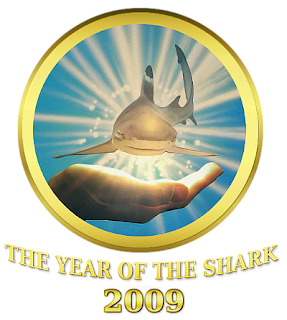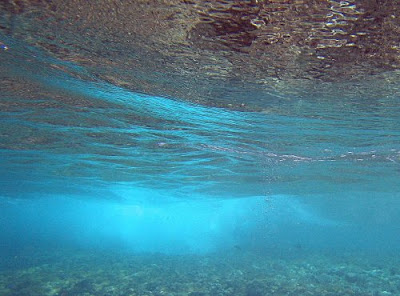Alibaba Ceases Trade in Shark Fins
Press release December 21, 2008 In Honour of The Year of the Shark, Alibaba Ends its Trade in Shark Fins The International Year of the Shark gets off to a good start on January 1, 2009, as on-line trading giant, Alibaba, ceases its trade in shark fins. The company has been in negotiations regarding the issue for the past year, since shark advocate Brain W. Darvell brought the problem to their attention. Urging Alibaba to cease the trade, which poses a major threat to the survival of the targeted shark species, has been one of the prime projects of The Shark Group . As a result of the information they provided, and the numbers of organizations concerned by the company's involvement in the shark fin trade, Alibaba made the group-wide decision to disallow shark fins, and shark fin products, on any of their trading sites. They have enc ouraged their users to report incidences of shark fin trading, saying that perpetrators woul




